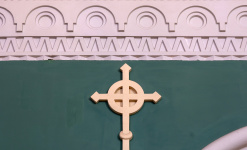The Ancient Russian city. 11th – first half of the 13th century
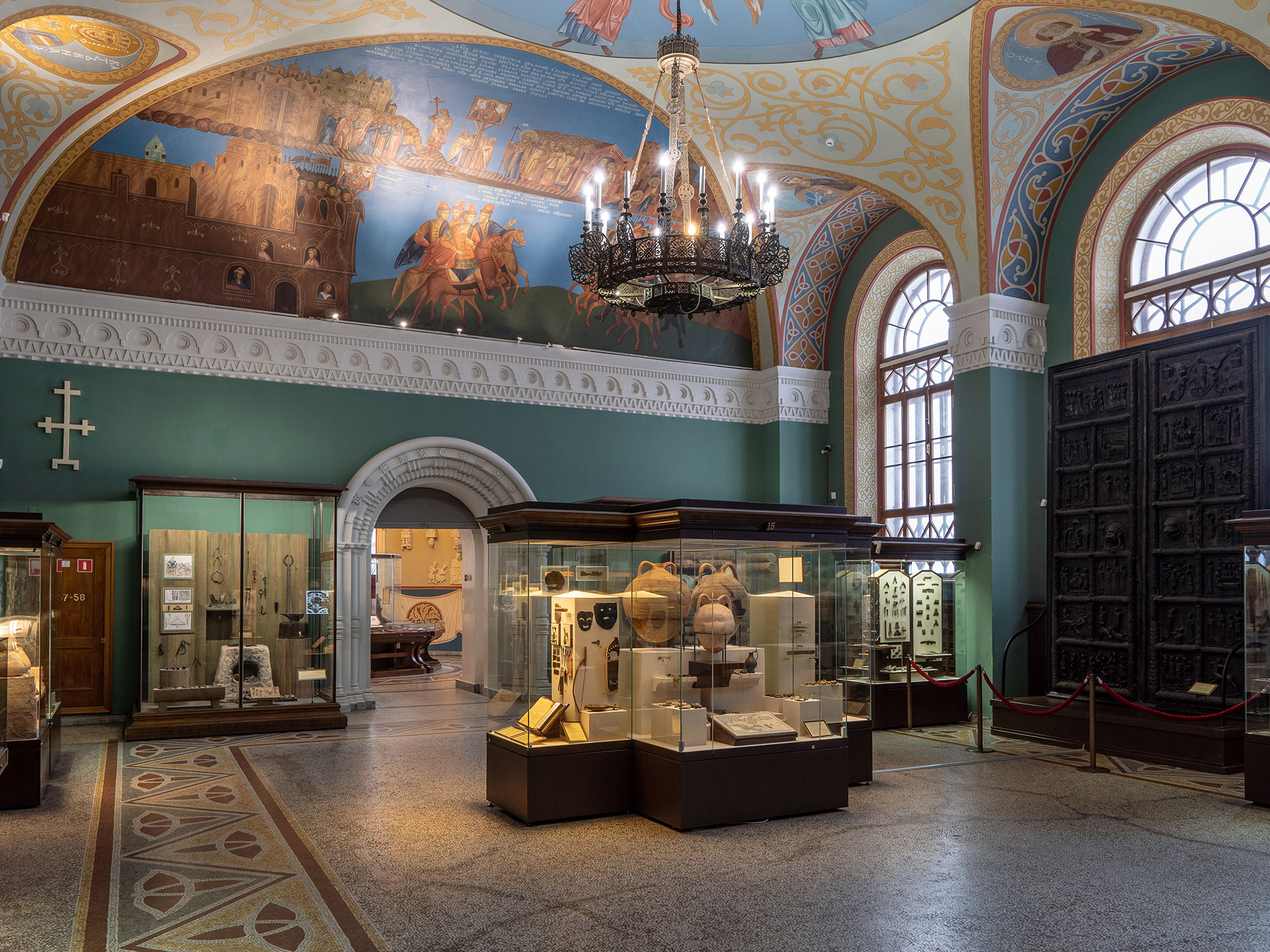
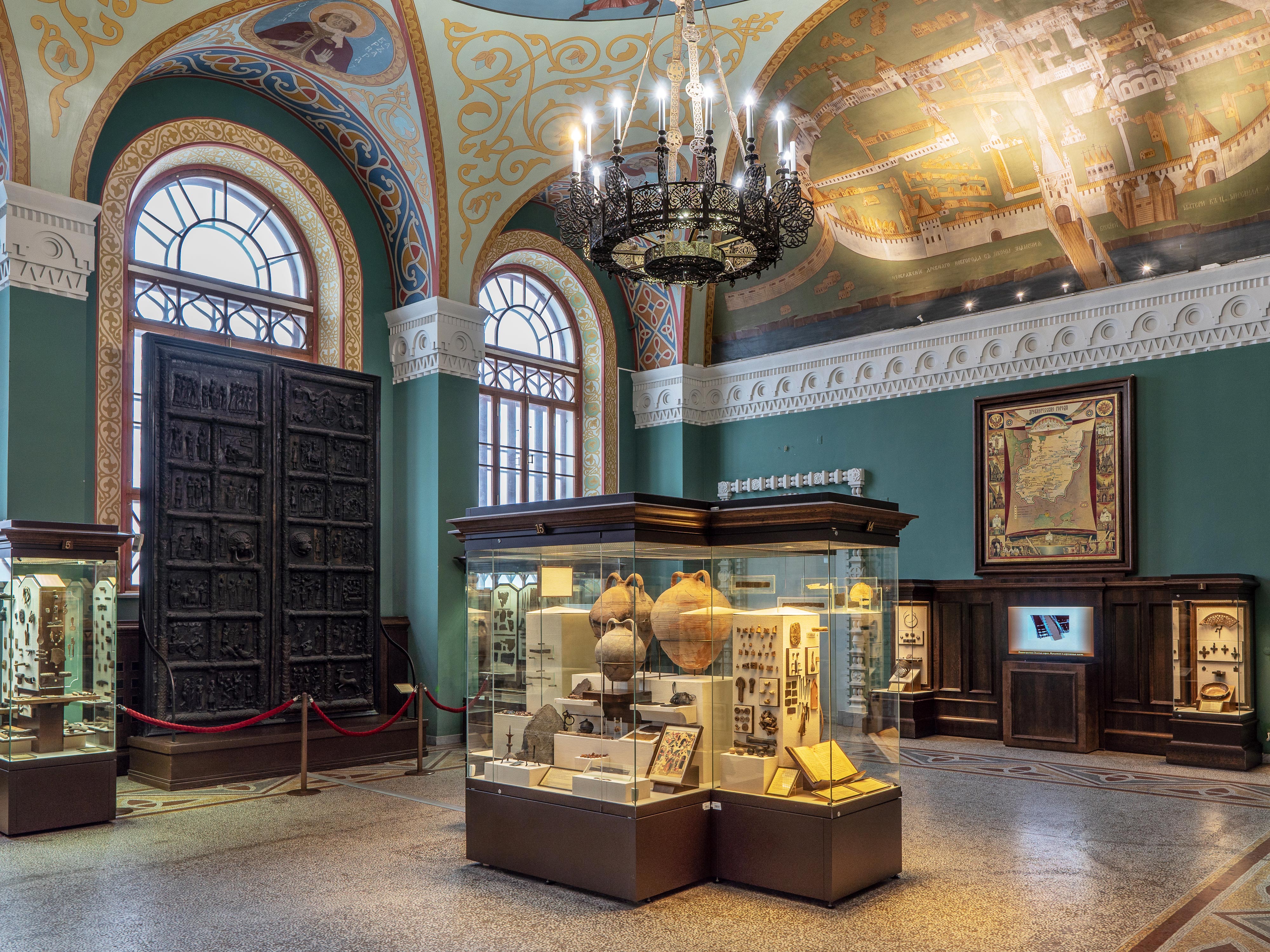
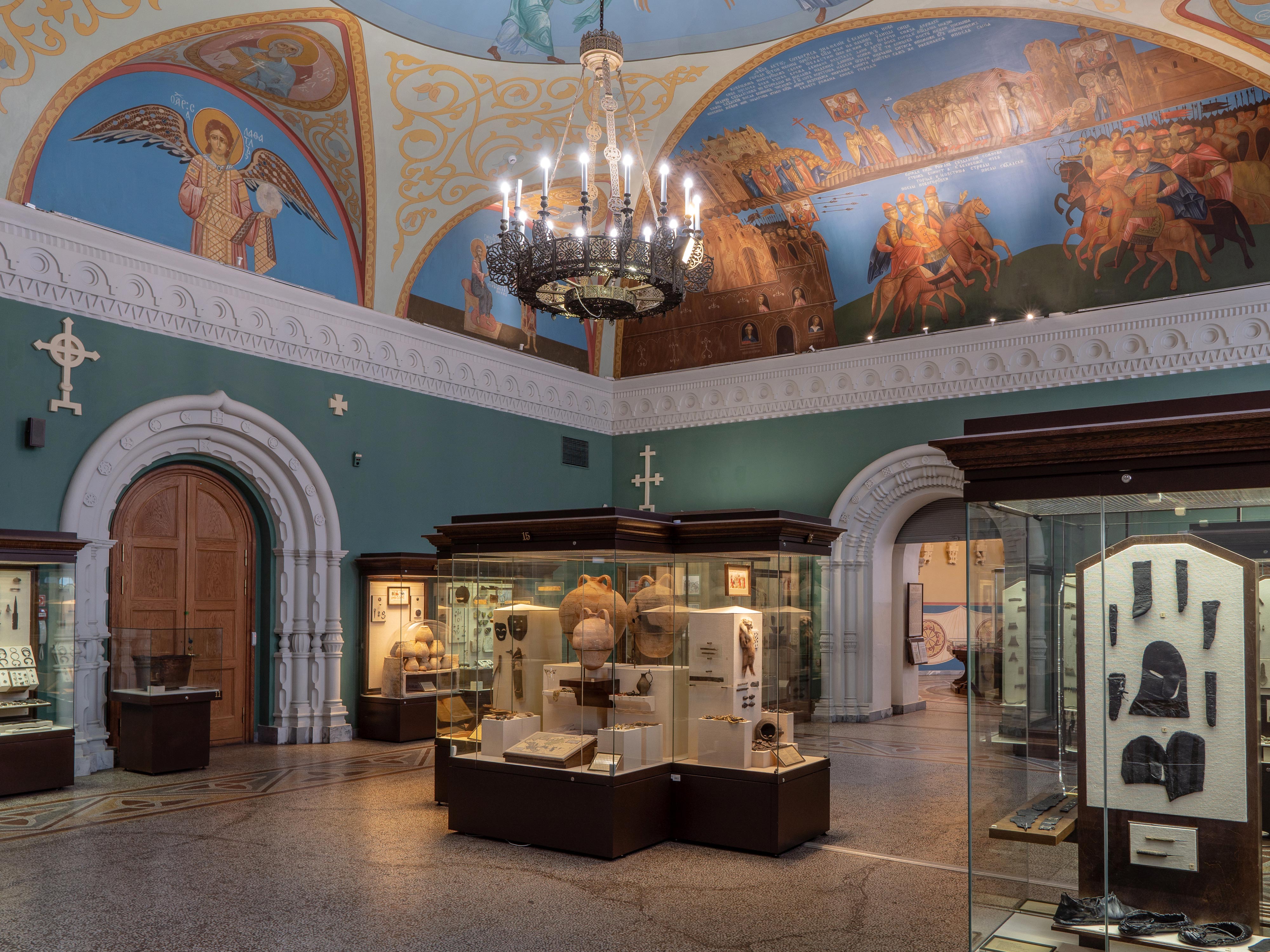
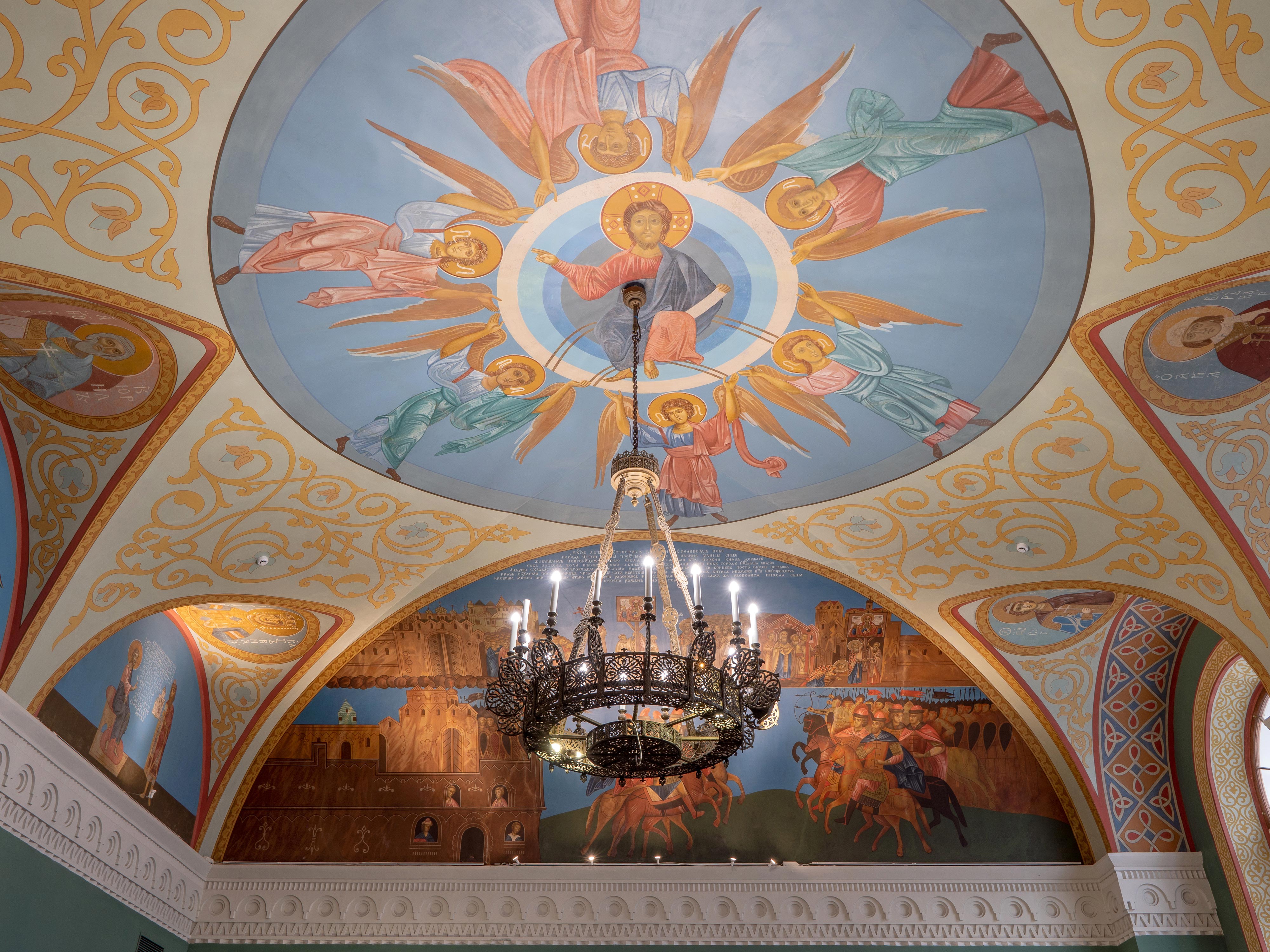
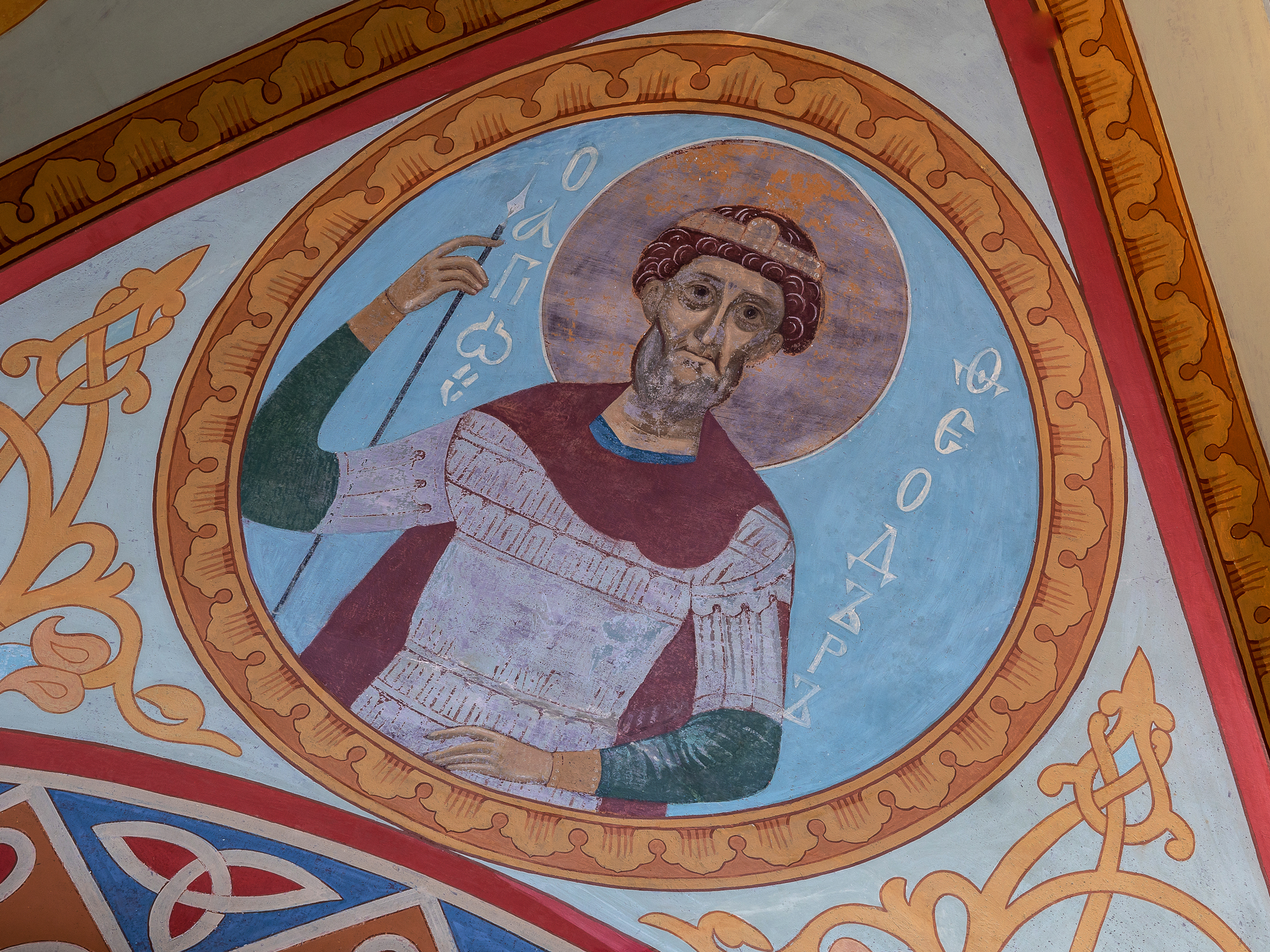
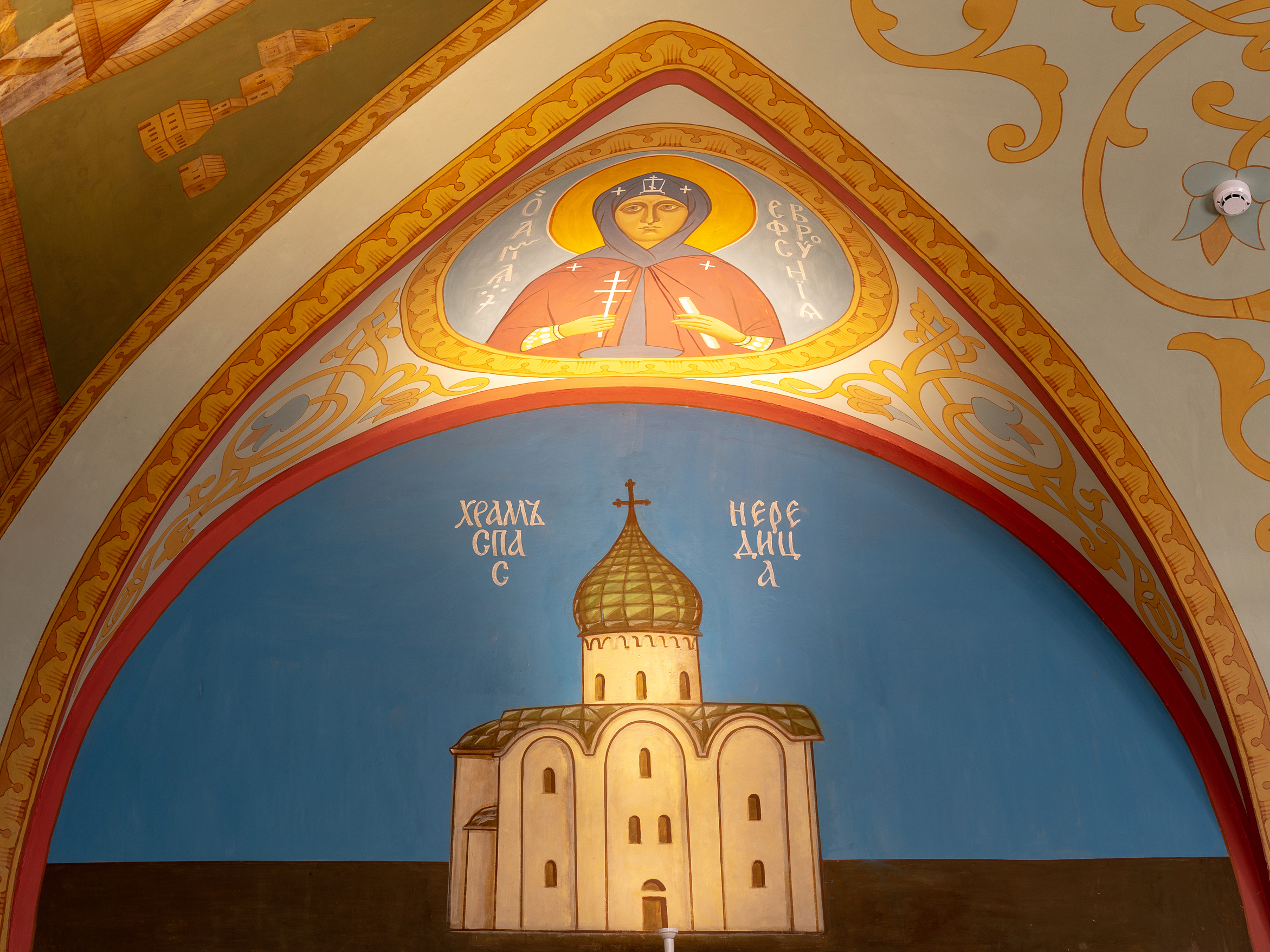
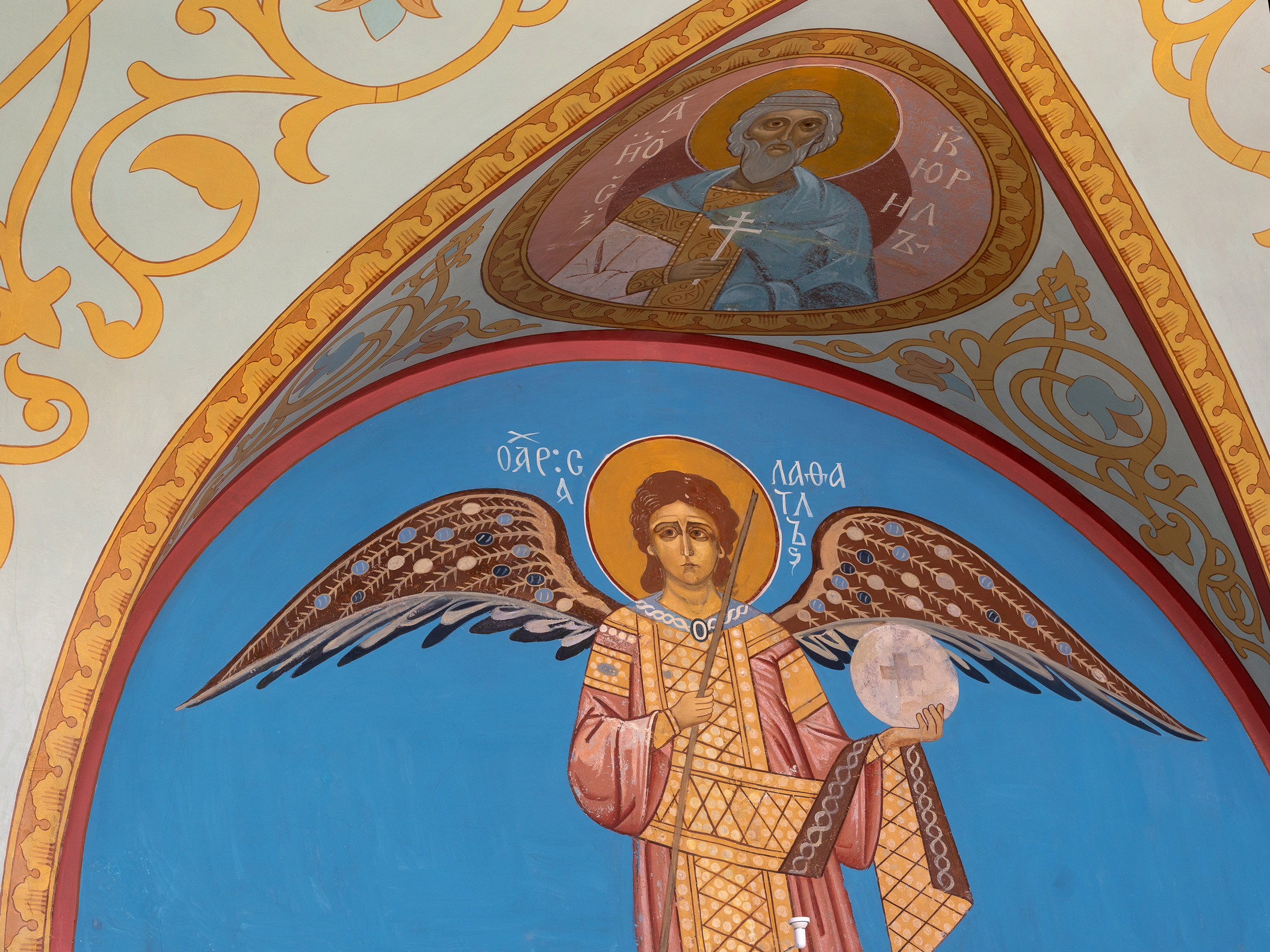
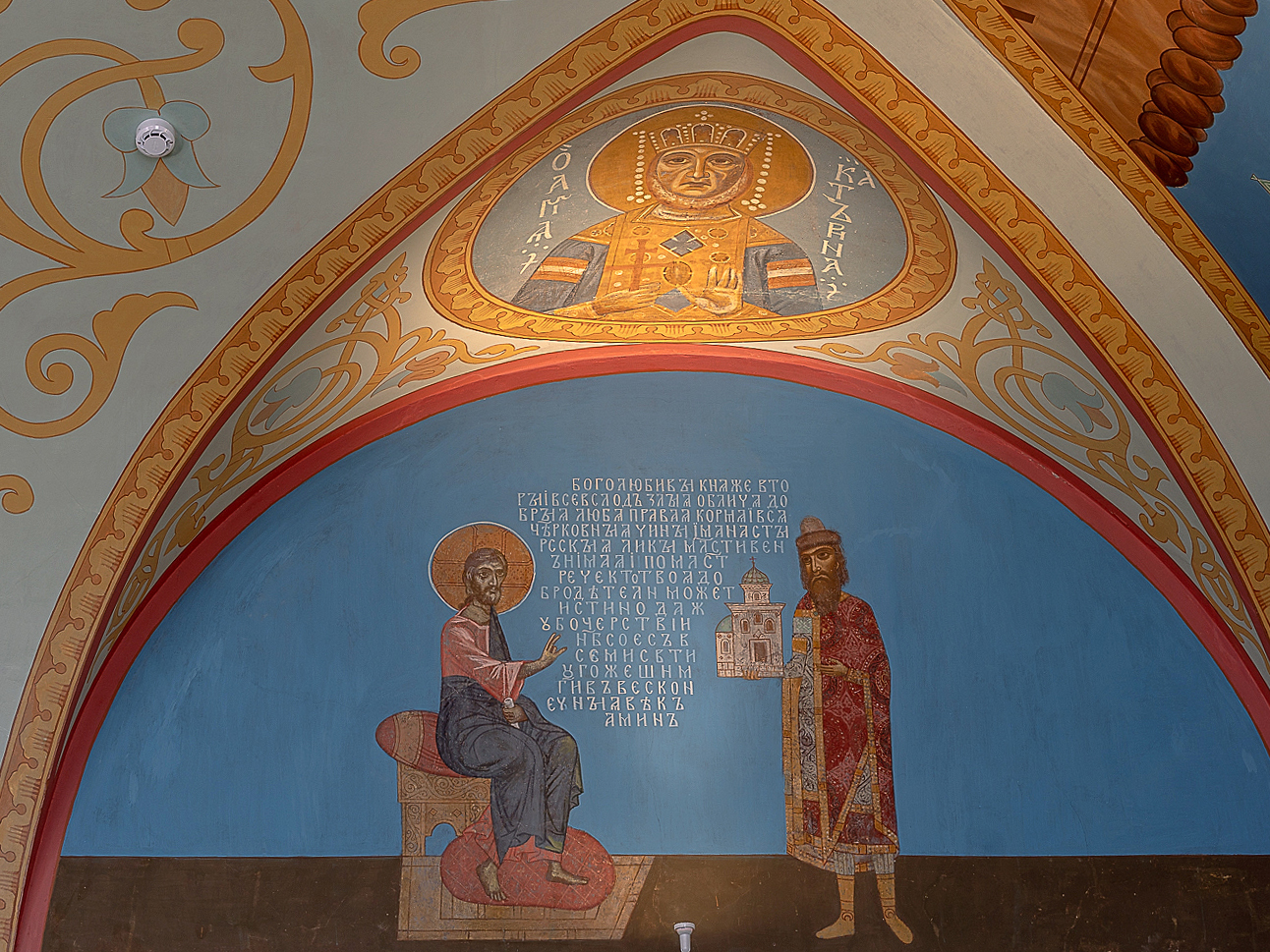
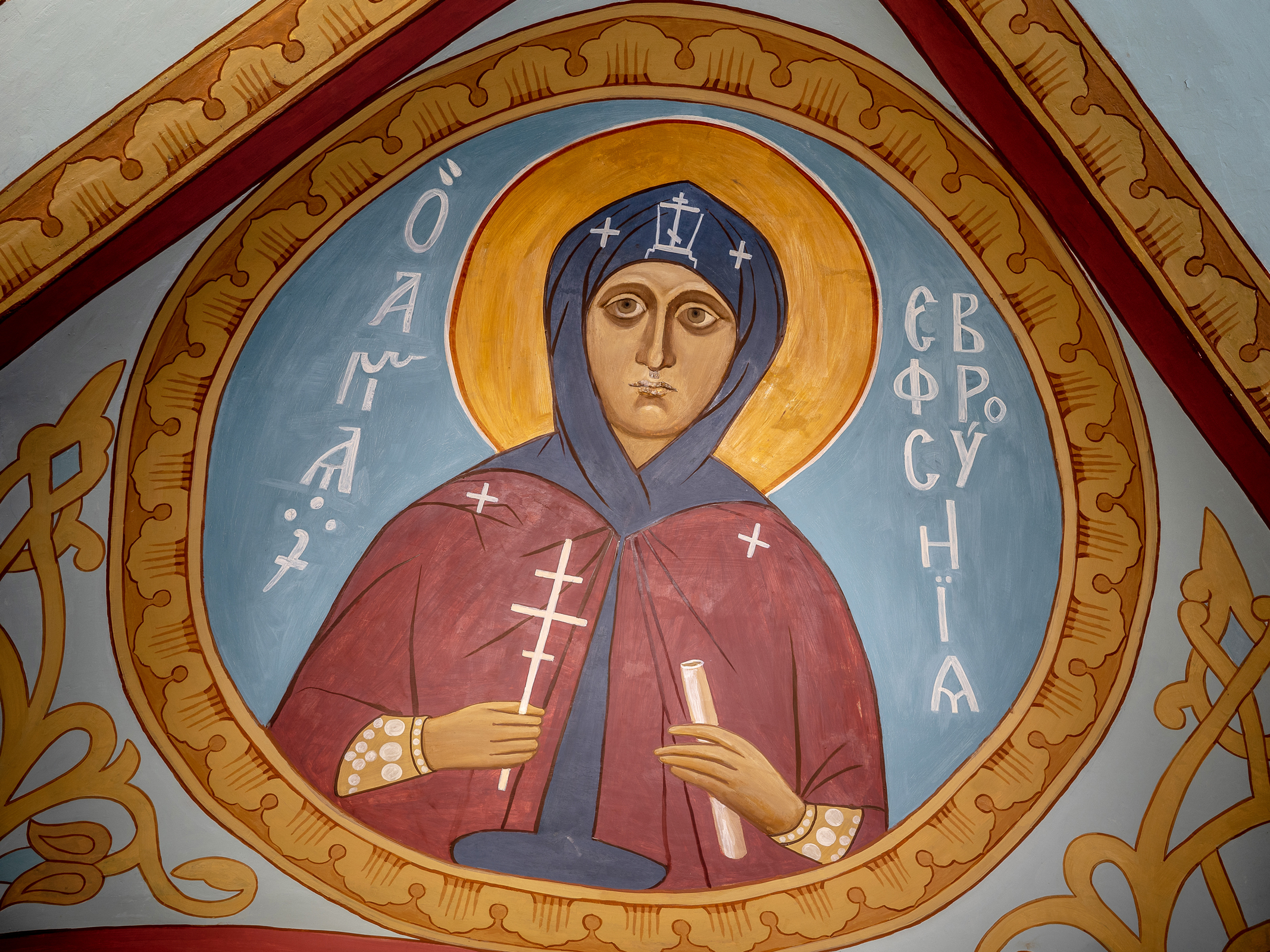
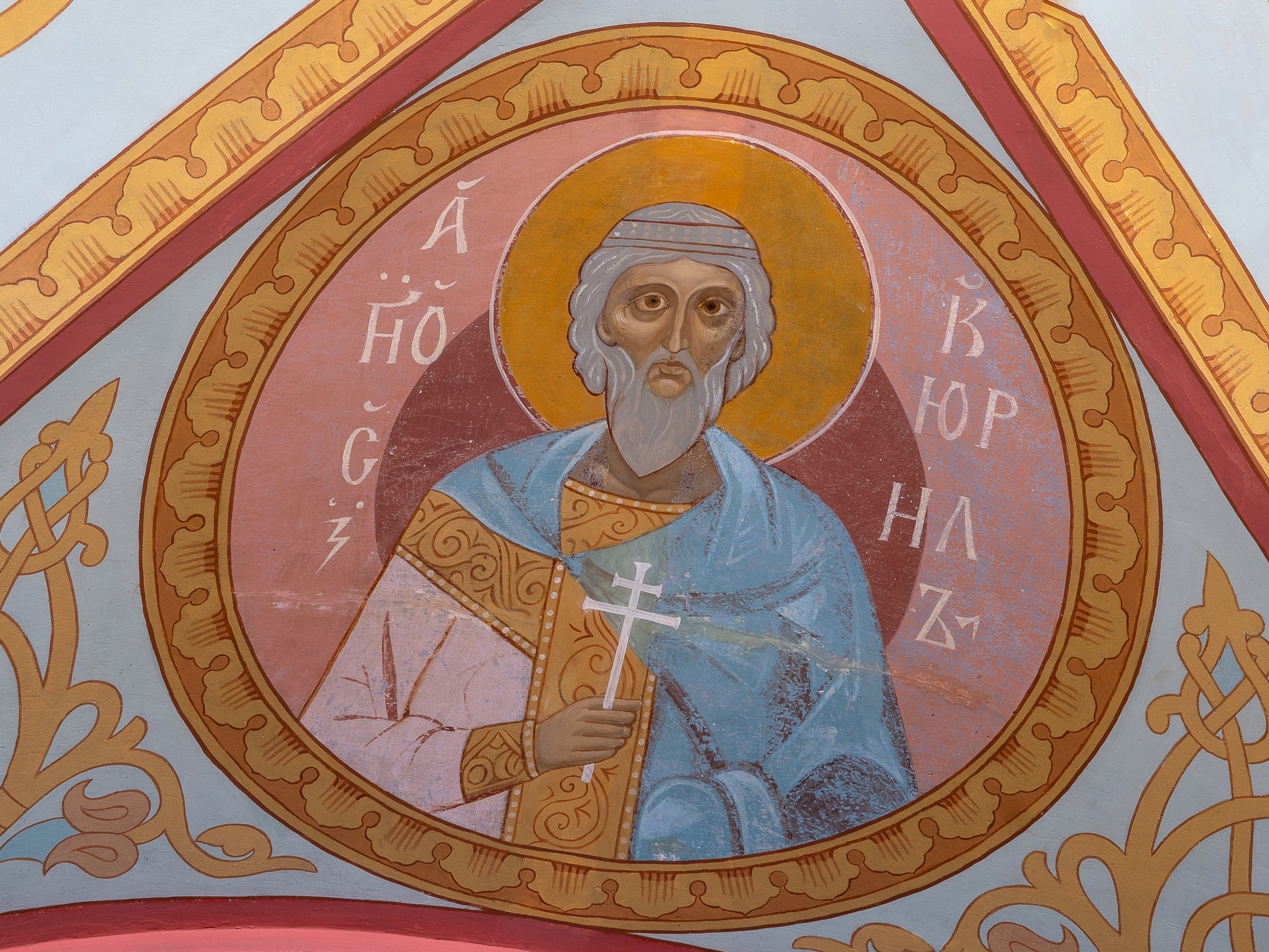
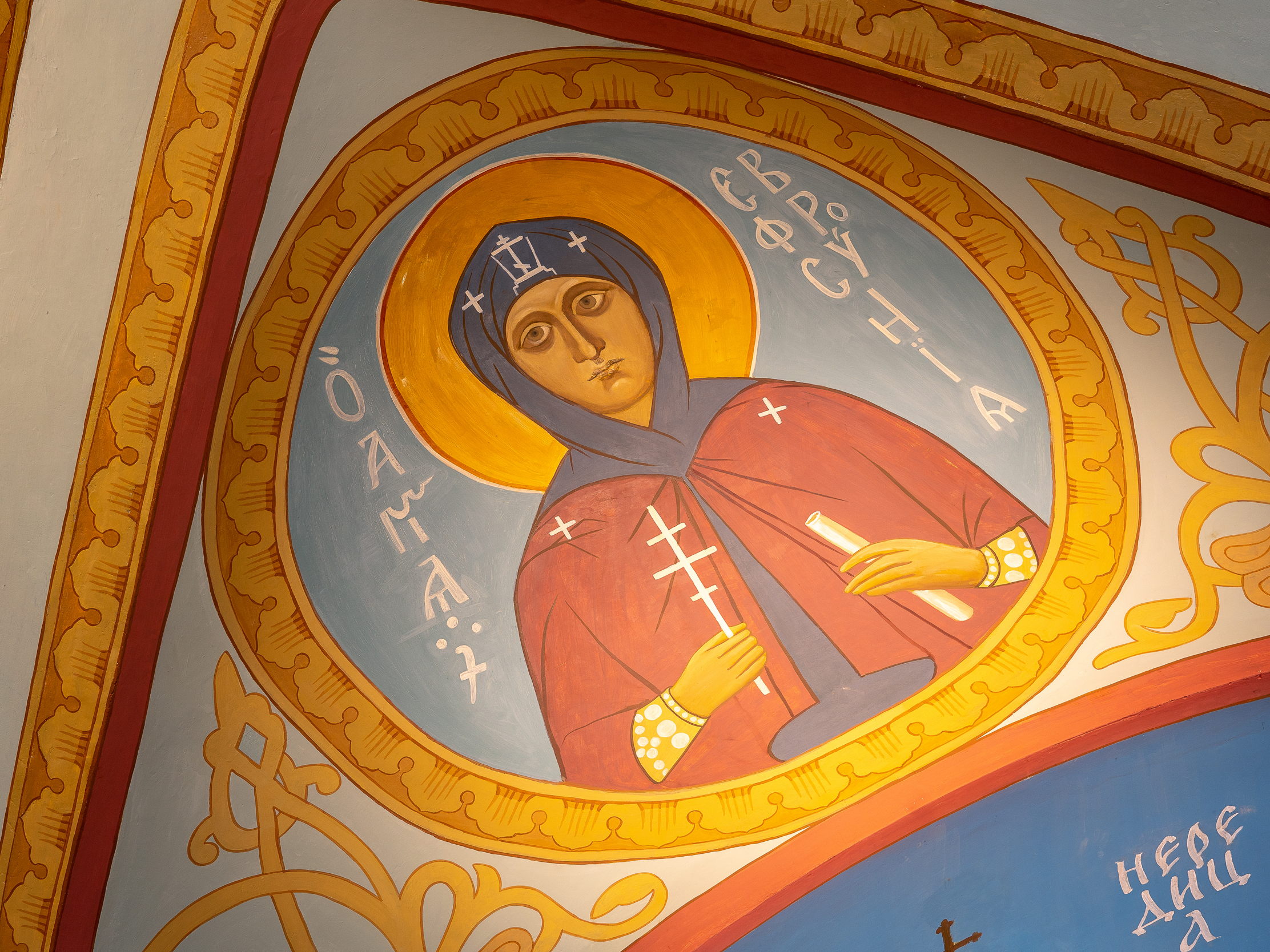
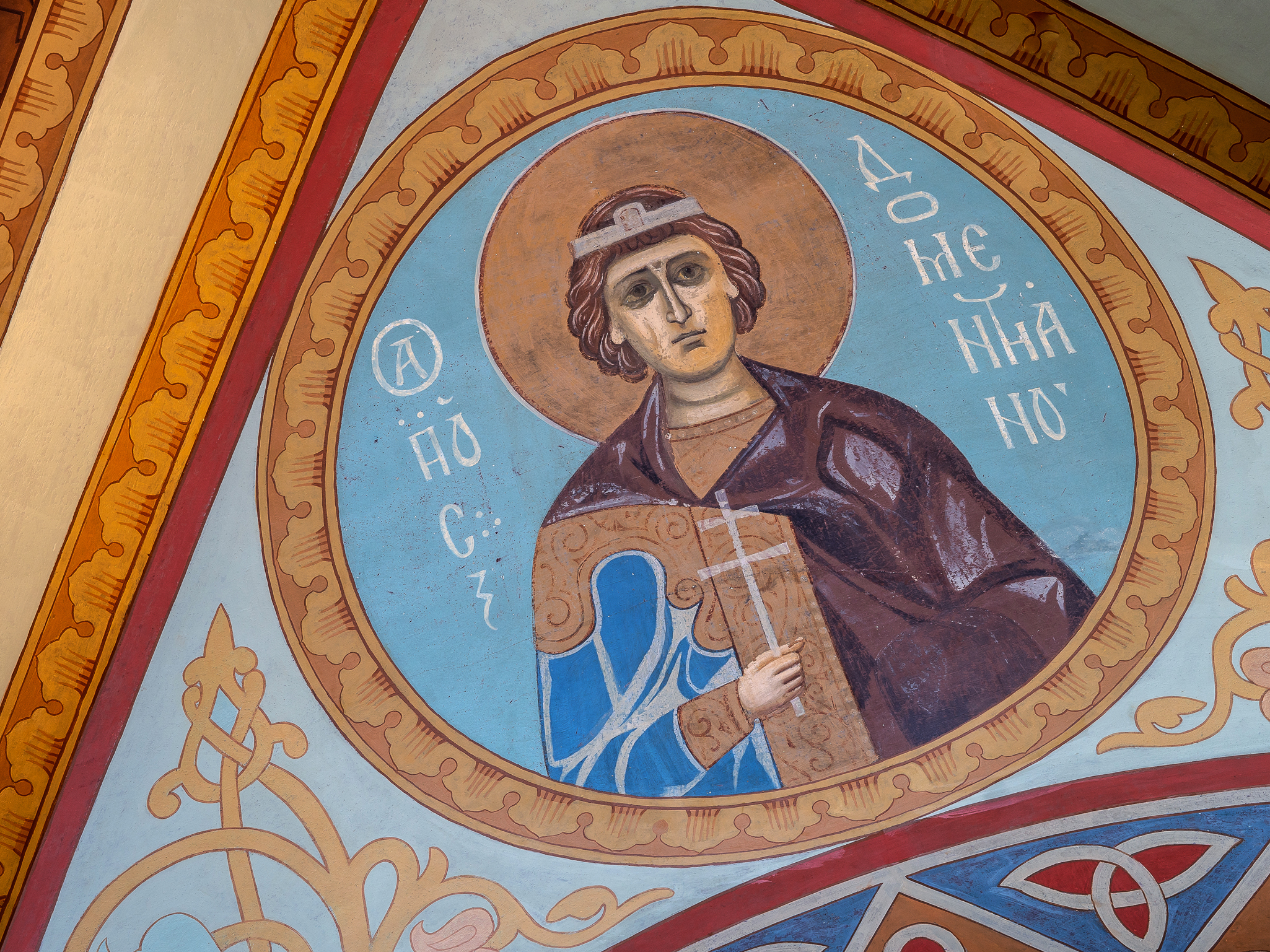
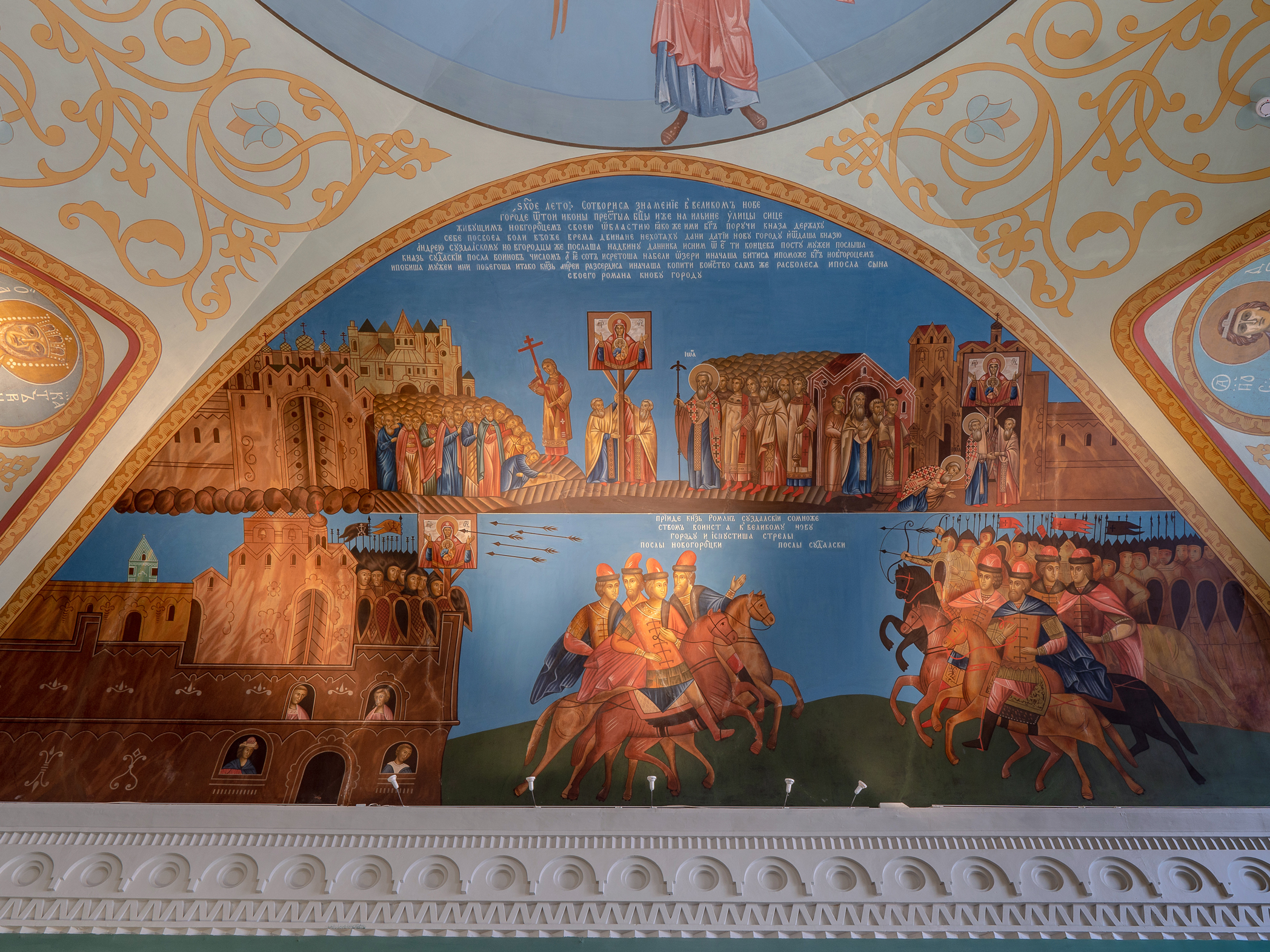
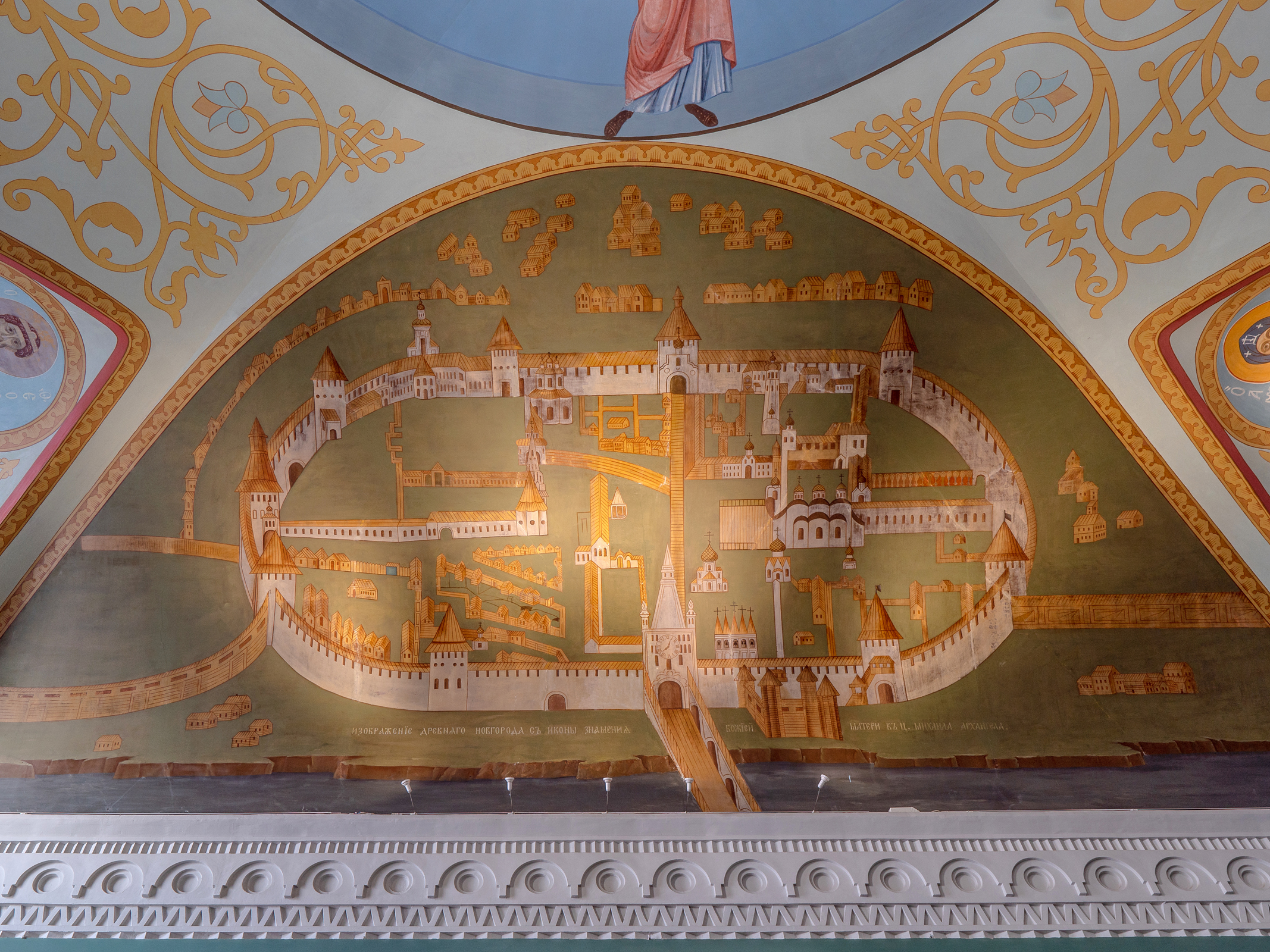

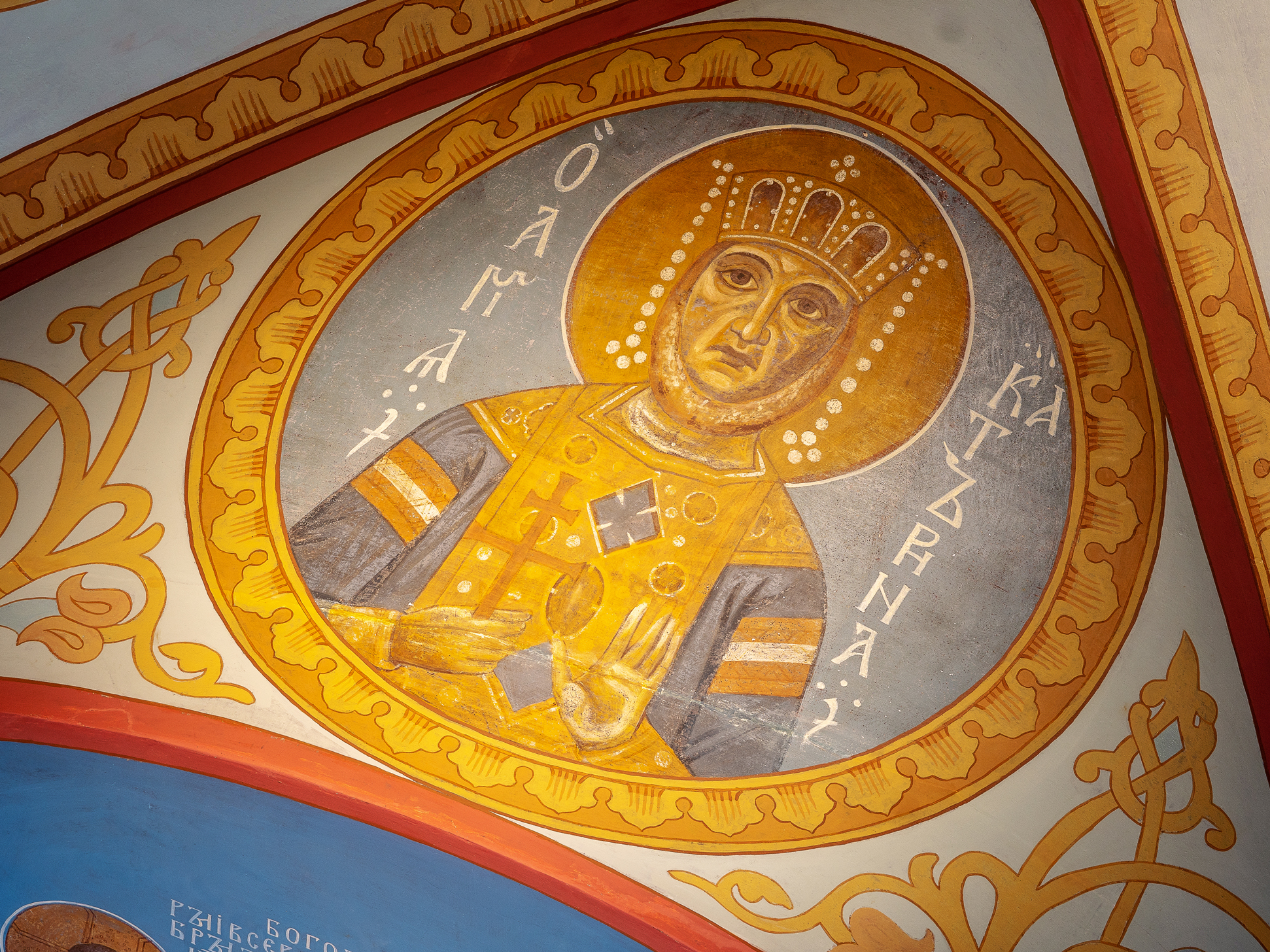
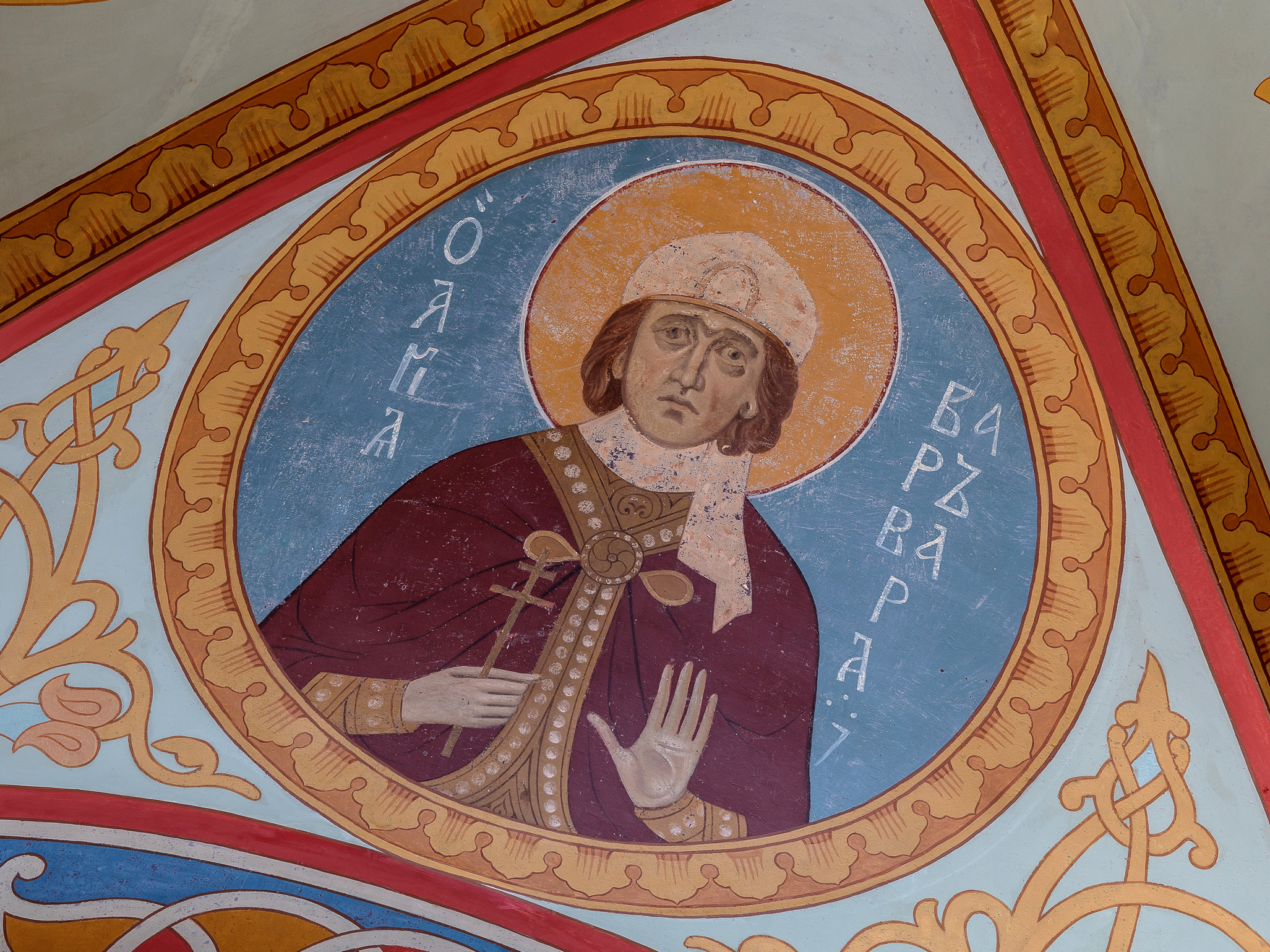
The hall is devoted to the history of Russian cities – large trade and craft and cultural centres, the emergence of which is related with creation of the ancient Russian state.
The first urban centres appeared on important commercial routes – Volzhsky ("the way from the Varangians to the Arabs") and Dnipro ("the way from the Varangians to the Greeks"). For the agricultural area, the city becomes a natural administrative, economic, military and religious center.
The Normans called Russia – "Gardariki" – the country of cities. Indeed, by the middle of 13th century, there were around 300 Russian cities. The economy and culture of which experienced a heyday. All of them were at different levels of the social hierarchy. At the very top were large cities, the capitals of principalities and municipalities, with several thousands of inhabitants each. Kiev, Novgorod, Smolensk, Chernigov and later the cities of North-Eastern Russia were among the largest European cities of that time. These centers were surrounded by "younger" suburbs and small city-fortresses.
Crafts played a huge role in the life of the ancient cities. At the end of the 12th century in some centres, there were more than a hundred craft specialties.
A special place among the crafts belonged to blacksmithing (iron processing), it had a direct impact on the level of development of other crafts, agriculture, military affairs. The Chronicles indicate a very narrow specialisation of blacksmiths among which are mentioned pot-makers, nail-makers, knife-makers, locksmith etc.
Of course, other types of crafts were also developed – leather-working, bone cutting, woodworking, because the bulk of utilitarian things were made of the most available materials – wood, leather and bone.
The developed crafts promoted active domestic and foreign trade. The townspeople were the first to learn about a variety of cultural imitations; a significant proportion of imports also settled among them.
A 150 years ago when the Museum was created, it was decided to call this a "Novgorod Hall", since Novgorod had played a very special role in Russian history. It necessary to remember that it was its people who called Rurik to "reign", thereby choosing the first dynasty of the rulers of our state. At the same time, the city itself was governed by the "people’s Assembly – Veche", in which all citizens could take part, this made Novgorod similar to the Greek city-Polis. But not only that distinguishes Novgorod among other ancient cities. The unique cultural layer of Novgorod – the land, abundant moisture, helps to preserve organic materials – leather, wood, birch bark, it allows to thoroughly study the ancient city culture.
For a long time, it was believed that literacy was not widespread among the ordinary population of ancient cities. The discovery of global value was made in 1951 at excavations in Novgorod – the first birch bark letter was found. The value of birch bark letters is that they contain information about the economic, trade and personal relationships of citizens – information that is practically unknown from other sources.
More than 1,000 birch bark letters covering the history of the city since the XI century are known by this day. Birch bark letters – a historical source, which, along with Egyptian papyri, clay tablets of Babylon, Greek and Roman inscriptions, is of paramount importance in the study of the history of human civilization. For comparison, in Europe there are no known sources similar to birch bark letters of Ancient Russia, which after Novgorod were found in Rostov Veliky, Moscow, Smolensk, Staraya Russa and other ancient cities.
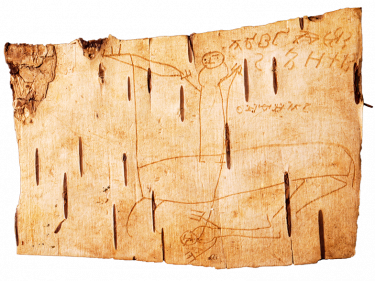
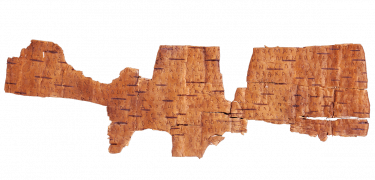


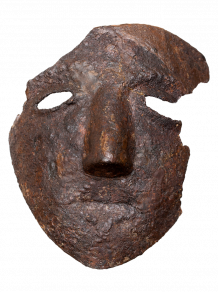
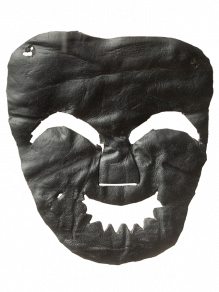
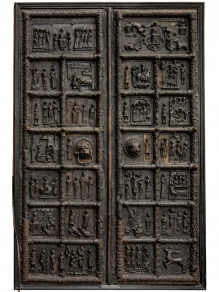
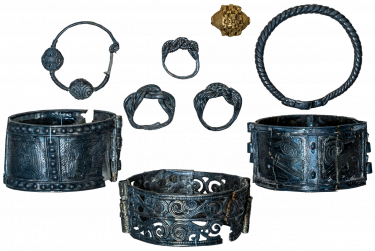
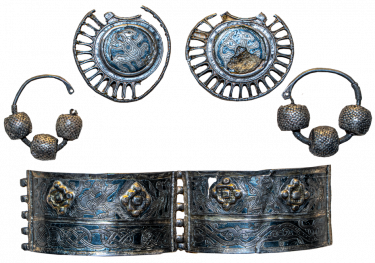

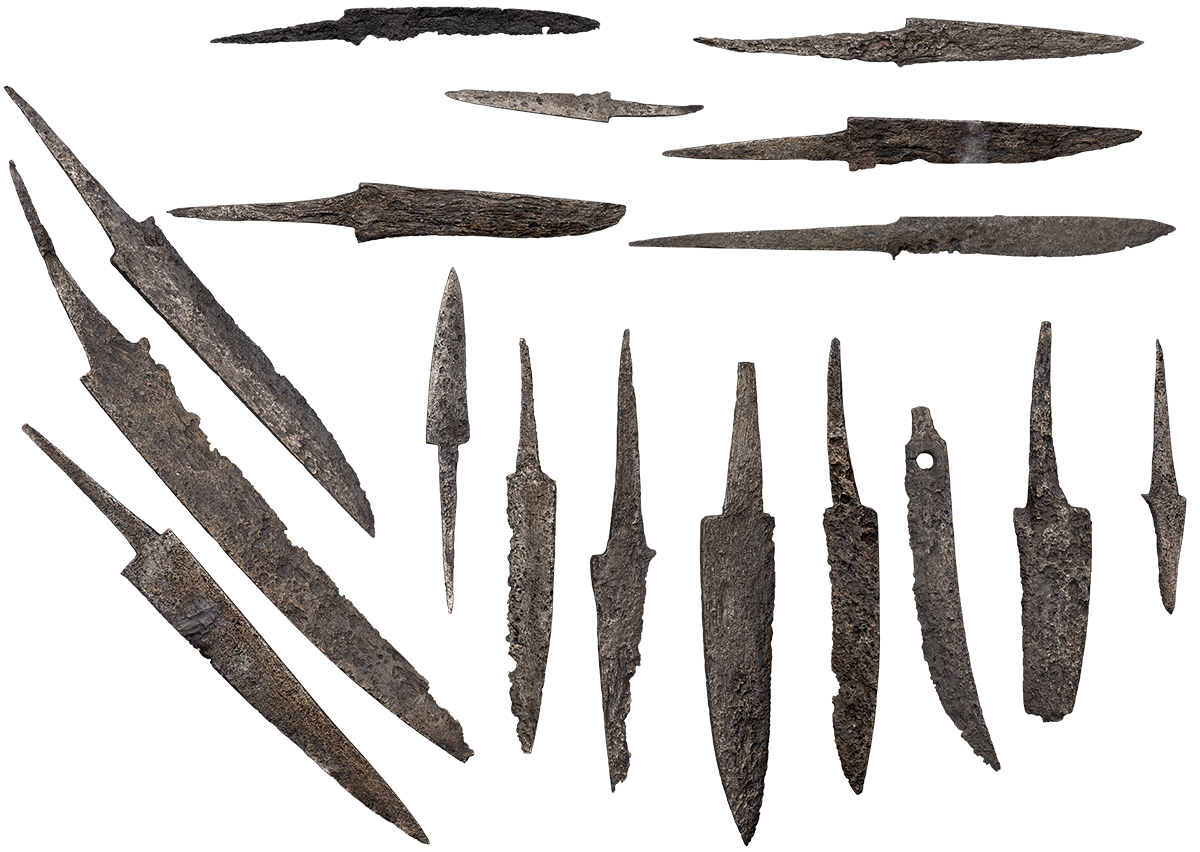
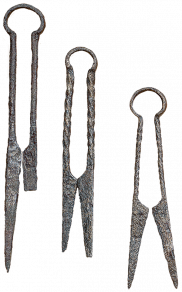
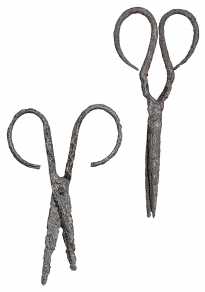
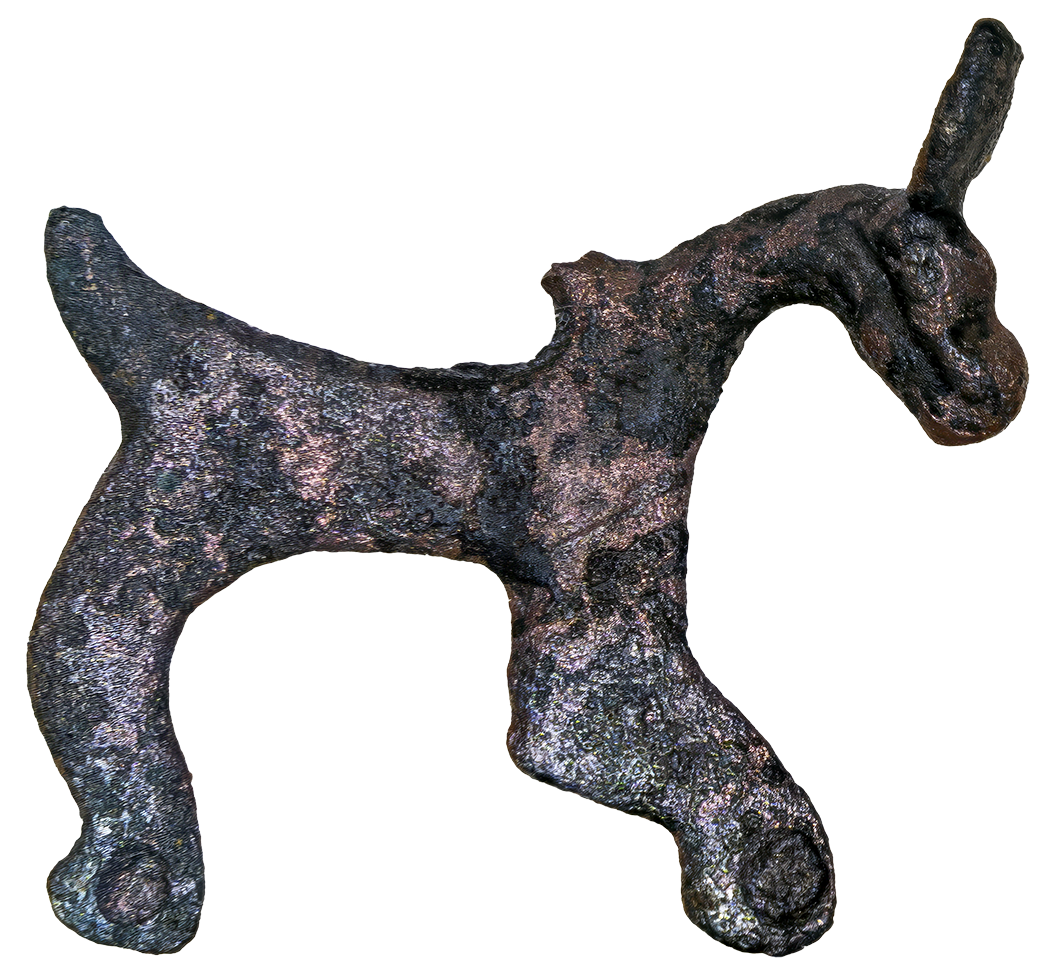
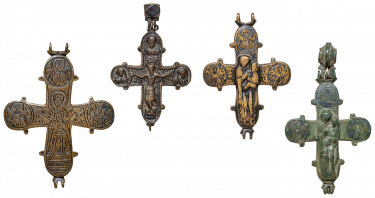
In the décor of the hall, originally named the Novgorod room, were used copies of the frescoes of the Church of the Savior on Nereditsa, built in 1199. The value of these copies has especially increased after the destruction of the church in 1942.
The center of the vault of the Novgorod hall is decorated with a copy of the fresco "The Ascension", which depicts the Savior Pantocrator in the heavenly spheres. On the left wall is placed an architectural drawing of this church; Archangel Salafail and the composition "The Prince-Builder Yaroslav Vladimirovich brings a model of the Church to Christ". The medallions – saints Euphrosyne, Cyril, Catherine, Domentian, Barbara and Fyodor.
The mosaic floor is made after the ornaments of frescoes of the 12th century Church of St.George in Staraya Ladoga.
Above the doorways into the hall 8 is a plan of the Sofia side of Novgorod, copied from the 17th century icon "The Sign", from the Novgorod Church of Archangel Michael.
Over the arched doorway leading into the hall #10 is placed the painting "The battle of the Suzdalians with the Novgorodians ". The painting is based on the icons of the second half of the 15th century depicting the siege of Novgorod by the army of Prince Andrei Bogolyubsky in 1169.
The hall is decorated with a wide stucco cornice with decorative elements typical for Novgorod and Pskov architecture: the curb, the kokoshnik and the runner. The portals of the Novgorod Hagia Sophia (1045–1050) inspired the decorative design of those arched doorways. On the walls of the hall there are fixed authentic white stone crosses found during archaeological excavations on the site of the Church of the Transfiguration on Ilyin street.











